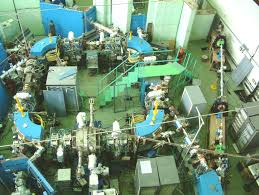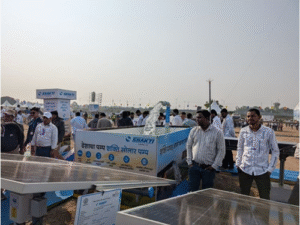INDUS-1 was India’s first synchrotron radiation facility, commissioned in 2002 at the Raja Ramanna Centre for Advanced Technology (RRCAT) in Indore, Madhya Pradesh. It is a particle accelerator designed for generating synchrotron radiation, which is widely used in research across physics, material science, biology, and chemistry.
Electron energy: 450 MeV (Mega-electron Volts).
Type: Synchrotron radiation source designed for the vacuum ultraviolet (VUV) and soft X-ray regions.
Purpose: Used for material characterization, surface studies, and microfabrication.
Part of: The Indus Synchrotron Complex at RRCAT.
Later, India developed INDUS-2, a more advanced synchrotron radiation source, commissioned in 2005 at RRCAT.
Electron energy: 2.5 GeV (Giga-electron Volts).
Used for hard X-ray and high-energy research applications.
These synchrotrons help in cutting-edge research, enabling advancements in nanotechnology, drug discovery, semiconductor technology, and more.







